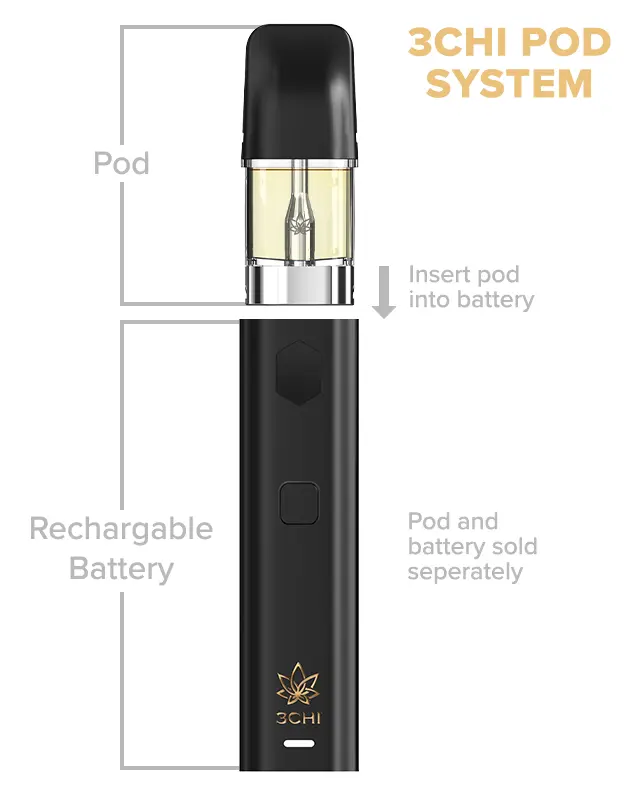Turn Products Top-Selling Vape Accessories: Tips and Approaches
Turn Products Top-Selling Vape Accessories: Tips and Approaches
Blog Article
The Ecological Effect of Disposable Vapes: Are They Truly Lasting?
As society increasingly changes in the direction of eco-conscious consumption techniques, the sustainability of items has actually come under scrutiny especially previously. Disposable vapes, a growing market sector in the vaping market, have triggered discussions concerning their environmental impact. The ease and convenience of use that disposable vapes supply are obvious, however beneath the surface area exists a complex web of eco-friendly repercussions that question about their real sustainability. With worries ranging from resource removal to lose disposal, diving into the environmental impact of non reusable vapes unveils a complex problem that is worthy of better exam.
Environmental Effect of Non Reusable Vapes

Unlike standard vapes that can be refilled and recycled, non reusable vapes are created for a single-use cycle, leading to a fast buildup of electronic waste. The manufacturing process of non reusable vapes also takes in valuable resources and power, further worsening their ecological footprint. Inappropriate disposal of these devices can lead to dirt and water contamination, positioning threats to wildlife and ecological communities.

Production Process and Source Intake
During the manufacturing of non reusable vapes, considerable amounts of resources and energy are eaten, contributing to their overall ecological effect. Additionally, the production of disposable vapes frequently involves the usage of non-renewable sources, even more depleting limited products.
Additionally, the manufacturing of non reusable vapes likewise creates waste and air pollution. Factories creating these gadgets might launch hazardous chemicals and results into the air, water, and soil, influencing local ecological communities and communities. The disposal of producing waste, such as plastic scraps and digital components, can better intensify ecological destruction otherwise managed correctly. The manufacturing procedure of disposable vapes plays a considerable function in their total ecological footprint and sustainability considerations.
Waste Generation and Disposal Difficulties
In light of the resource-intensive manufacturing process of non reusable vapes, the monitoring of waste generation and disposal provides significant environmental obstacles. Non reusable vapes contribute to the mounting concern of digital waste due to their single-use Go Here nature and complicated structure.
Additionally, the improper disposal of non reusable vape cartridges, which commonly consist of residual nicotine and various other hazardous compounds, can pollute the environment if not handled correctly. The absence of standardized recycling programs for these cartridges intensifies the problem, with many finishing up in normal waste streams.
To attend to these waste generation and disposal difficulties, it is imperative for suppliers to create more sustainable vape items that are simpler to recycle. In addition, enhanced awareness and education and learning on appropriate disposal methods amongst customers are important in mitigating the ecological effect of disposable vapes.
Chemicals and Poisonous Materials Use

Furthermore, the batteries in disposable vapes contain heavy metals such as lithium, cadmium, and lead, which are hazardous to the setting otherwise recycled suitably. Turn products. Improper disposal of these batteries can result in dirt and water contamination, posing dangers to ecosystems and human health and wellness. Consequently, the widespread use chemicals and hazardous products in disposable vapes underscores the significance of taking on lasting practices in their manufacturing, disposal, and use to reduce negative ecological influences.
Lasting Alternatives and Solutions
What lasting choices and options can be carried out to resolve the ecological influence of non reusable vapes? One considerable choice is the fostering of refillable or rechargeable vape gadgets. By selecting gadgets that can be charged and refilled with e-liquid, customers can dramatically lower the quantity of waste produced from disposable vapes. Additionally, advertising accountable disposal methods for disposable vapes, such as recycling programs, can aid alleviate the ecological consequences related to these items.
One more sustainable remedy is the advancement of biodegradable vape parts. Producers can discover utilizing biodegradable products for vape housings, cartridges, and product packaging to decrease you can check here the long-term ecological impact of these products. Urging the use of vaping items with less chemical additives and contaminants can likewise add to a more sustainable vaping sector.
Education and recognition campaigns can play a critical function in advertising sustainable techniques among vapers - Turn products. By educating consumers regarding the ecological effect of non reusable vapes and highlighting the benefits of green alternatives, individuals can make even more educated selections that align with environmental conservation initiatives. Ultimately, a combination of governing steps, technical technologies, and consumer activities is important to resolve the environmental difficulties postured by disposable vapes
Final Thought
Finally, the environmental effect of non reusable vapes is considerable as a result of the manufacturing procedure, resource usage, waste generation, and usage of chemicals. Lasting options and options need to be taken into consideration to mitigate these negative results. It is crucial for consumers and manufacturers to prioritize ecologically friendly techniques to lower the ecological my link harm brought on by non reusable vapes.
The ecological effect of disposable vapes is a growing problem as their prevalent usage adds to plastic waste buildup.Unlike standard vapes that can be filled up and reused, disposable vapes are made for a single-use cycle, leading to a quick build-up of digital waste. The extensive usage of chemicals and hazardous products in non reusable vapes underscores the importance of taking on sustainable techniques in their usage, production, and disposal to minimize damaging environmental influences.
By informing customers about the environmental influence of disposable vapes and highlighting the advantages of environmentally friendly choices, individuals can make more enlightened choices that line up with ecological conservation initiatives.In verdict, the environmental effect of non reusable vapes is significant due to the production procedure, source consumption, waste generation, and use of chemicals.
Report this page